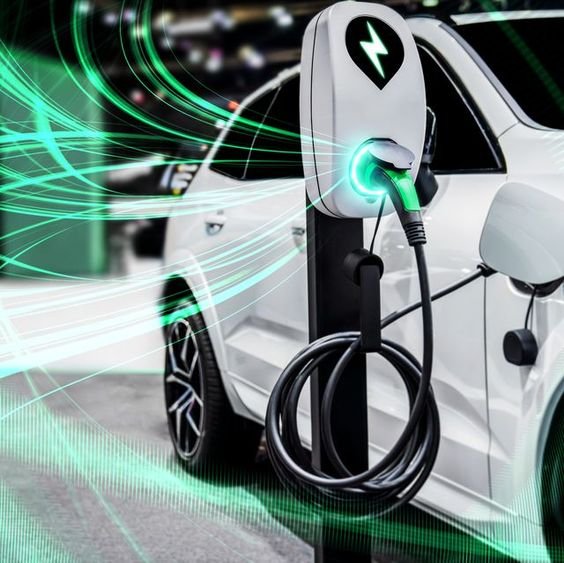
Car breakdowns can be stressful and inconvenient, but knowing how to handle them can make a significant difference in your safety and the resolution of the situation. This comprehensive guide will walk you through the steps to take when your car breaks down, from immediate safety measures to long-term prevention tips.
Immediate Steps to Take When Your Car Breaks Down
Stay Calm and Assess the Situation
The first and most important step is to stay calm. Panicking can lead to poor decisions and put you at greater risk. Take a few deep breaths and assess your surroundings.
Pull Over Safely
If you notice something is wrong while driving, try to pull over to a safe location as quickly and safely as possible. Ideally, you should:
- Move to the right shoulder of the road.
- Use your turn signal to indicate your intentions to other drivers.
- If possible, find a rest stop or a parking lot.
- Turn on Hazard Lights
Once you have safely pulled over, turn on your hazard lights. This alerts other drivers that your vehicle is stopped and that they should proceed with caution. This is especially important if you are on a busy road or highway.
Stay Inside the Vehicle
If you are in a dangerous location, such as a busy highway, it is generally safer to stay inside your vehicle with your seatbelt fastened. Exiting the vehicle in such conditions can put you at risk of being hit by passing traffic.
Call for Assistance
Use your mobile phone to call for roadside assistance. If you have a membership with an auto club, such as AAA, call their emergency number. If you do not have roadside assistance, contact a local towing company or the non-emergency police number for help.
Safety Precautions While Waiting for Help
Use Safety Equipment
If you have safety equipment in your car, such as reflective triangles or flares, place them behind your vehicle to increase visibility. Position them at least 50 feet behind your car to give other drivers ample warning.
Keep Doors Locked
While waiting for assistance, keep your doors locked and windows rolled up, especially if you are in an unfamiliar or potentially unsafe area.
Stay Visible
If you need to exit your vehicle to place safety equipment or assess the situation, wear a high-visibility vest if you have one. This helps ensure that other drivers see you.
Troubleshooting Common Issues
Before professional help arrives, there are a few common issues you might be able to troubleshoot on your own, depending on the symptoms and your comfort level with basic car maintenance.
Flat Tire
If you have a flat tire and are comfortable changing it, follow these steps:
- Retrieve your spare tire, jack, and lug wrench.
- Loosen the lug nuts slightly before jacking up the car.
- Use the jack to lift the car off the ground.
- Remove the lug nuts and the flat tire.
- Install the spare tire, tighten the lug nuts by hand, then lower the car and fully tighten the
- lug nuts with the wrench.
- Dead Battery
If you suspect a dead battery:
- Use a set of jumper cables and a second vehicle with a good battery.
- Connect the positive (red) cable to the positive terminal of the dead battery.
- Connect the other end of the positive cable to the positive terminal of the good battery.
- Connect the negative (black) cable to the negative terminal of the good battery.
- Connect the other end of the negative cable to an unpainted metal surface on the car with
the dead battery.
- Start the working vehicle, then try to start your car.
- Overheating Engine
If your engine is overheating:
- Turn off the air conditioning and turn on the heater to help dissipate heat.
- Pull over and turn off the engine.
- Wait for the engine to cool before opening the hood.
- Check the coolant level in the radiator and add coolant if necessary (only if the engine is cool).
- Empty Fuel Tank
If you have run out of fuel:
- Call for roadside assistance or a friend or family member to bring you fuel.
- Avoid leaving your vehicle unattended in unsafe areas.
- Long-Term Prevention Tips
- Regular Maintenance
Preventative maintenance is key to reducing the likelihood of breakdowns. Follow your vehicle’s maintenance schedule for oil changes, tire rotations, brake inspections, and other routine services.
Check Fluid Levels
Regularly check and top off essential fluids, including engine oil, coolant, brake fluid, power steering fluid, and windshield washer fluid.
Inspect Tires
Ensure that your tires are properly inflated and have sufficient tread depth. Check for signs of wear and tear, and replace tires as needed.
Battery Care
Inspect your battery terminals for corrosion and ensure that the battery is securely mounted. Test your battery’s charge level periodically and replace it as needed.
Carry an Emergency Kit
Equip your car with an emergency kit that includes items such as:
Jumper cables
- A spare tire, jack, and lug wrench
- Reflective triangles or flares
- A flashlight with extra batteries
- Basic tools (screwdrivers, pliers, adjustable wrench)
- A first-aid kit
- Non-perishable snacks and bottled water
- A blanket and warm clothing
- A high-visibility vest
- What to Do After the Breakdown
Once your car is repaired or towed to a safe location, there are a few additional steps you should consider:
Document the Incident
Take notes or pictures of the breakdown scene, especially if it occurred due to an accident or a road hazard. This documentation can be useful for insurance claims.
Notify Your Insurance Company
If your breakdown resulted in damage or if you required towing, notify your insurance company to see if your policy covers any of the costs.
Follow Up with Repairs
Ensure that any issues identified during the breakdown are thoroughly addressed by a qualified mechanic. Delaying necessary repairs can lead to further problems down the road.
Review Your Emergency Plan
Evaluate how well your emergency plan worked and make any necessary adjustments. Consider adding items to your emergency kit or updating your contact list for roadside assistance.
Experiencing a car breakdown can be a daunting and stressful event, but being prepared and knowing what steps to take can make a significant difference. By staying calm, ensuring your safety, calling for help, and following proper troubleshooting steps, you can effectively manage the situation. Additionally, adopting long-term preventative measures and maintaining your vehicle regularly can reduce the likelihood of future breakdowns.
Remember, safety should always be your top priority. Equip yourself with the knowledge and tools necessary to handle a car breakdown, and you will be better prepared to face any unexpected challenges on the road.
ALSO READ: Top 10 Tips for First-Time Car Buyers







